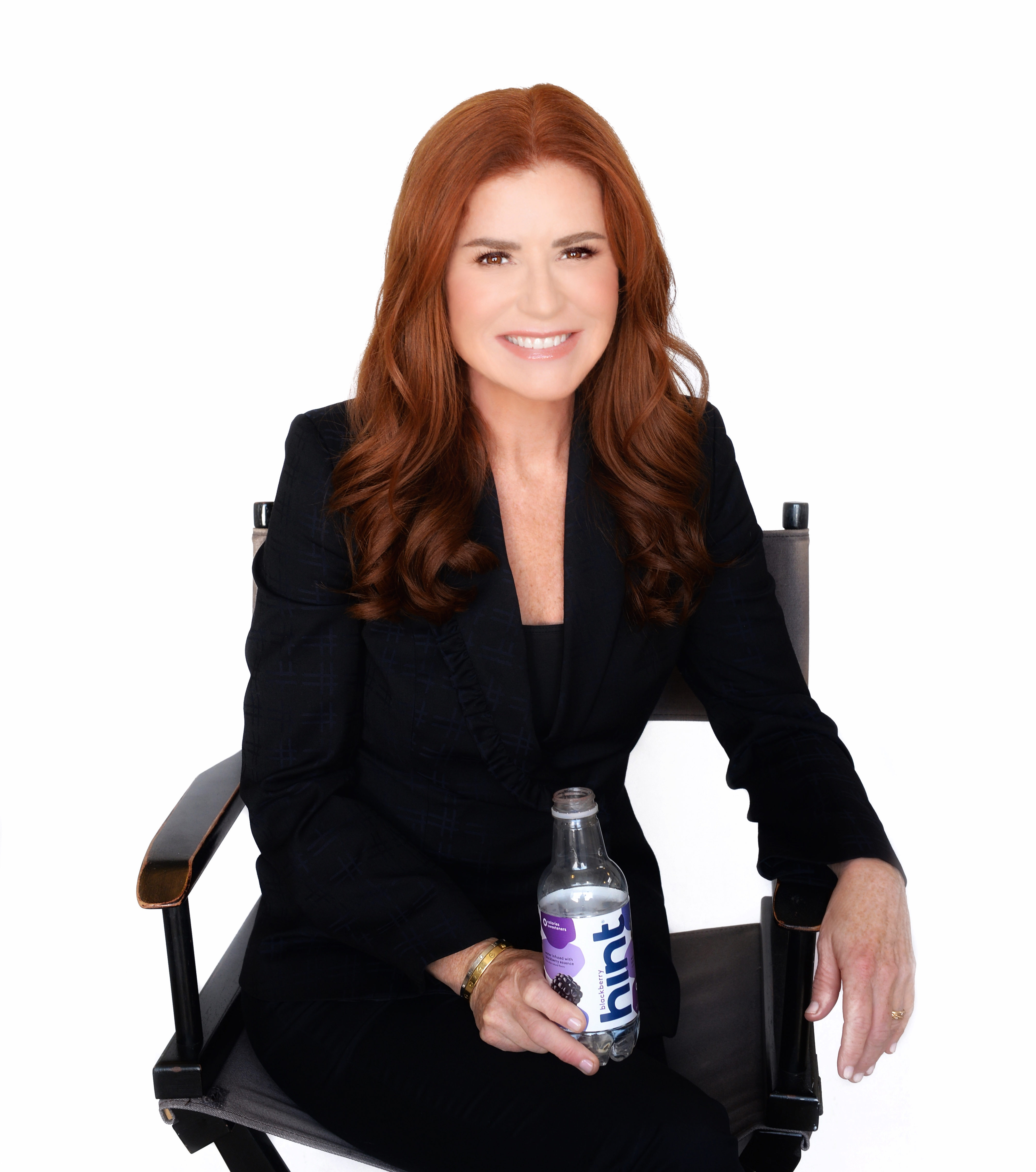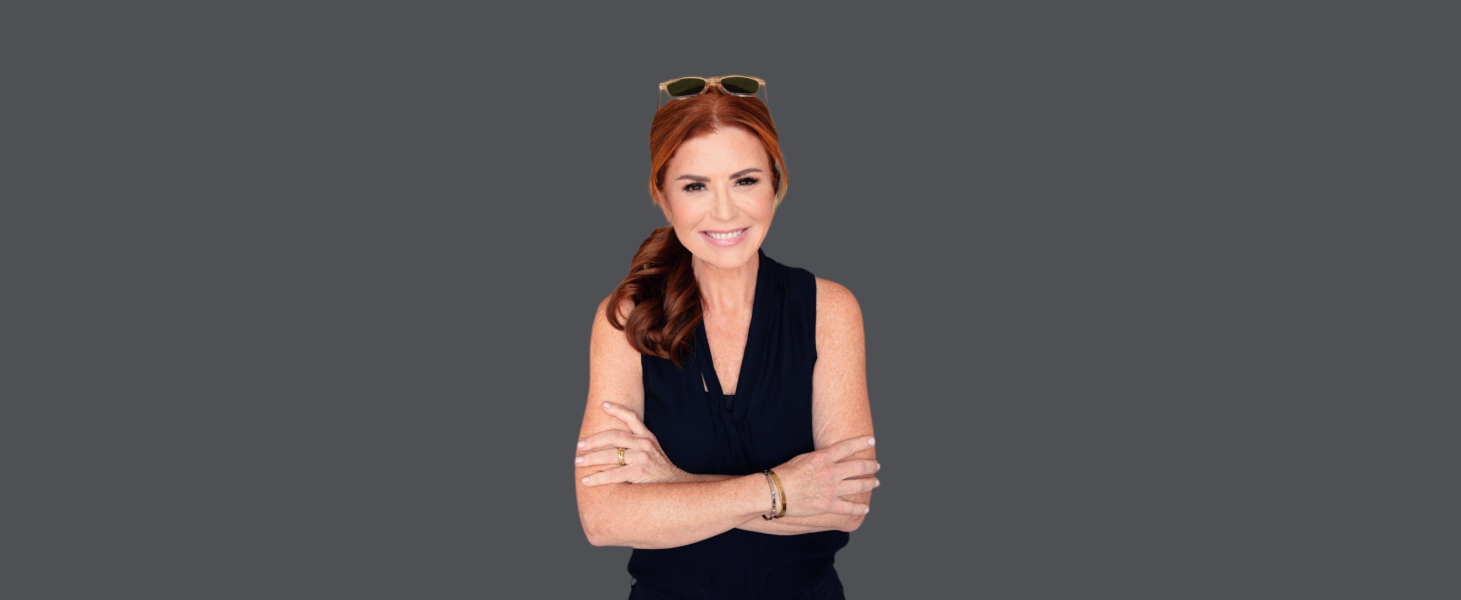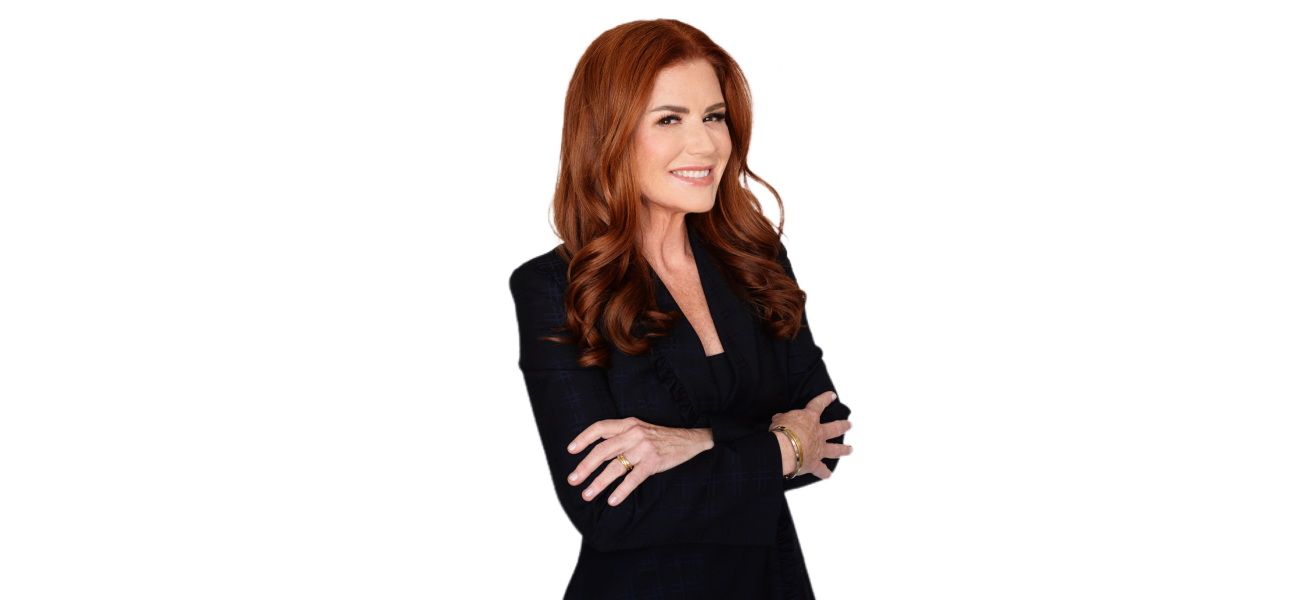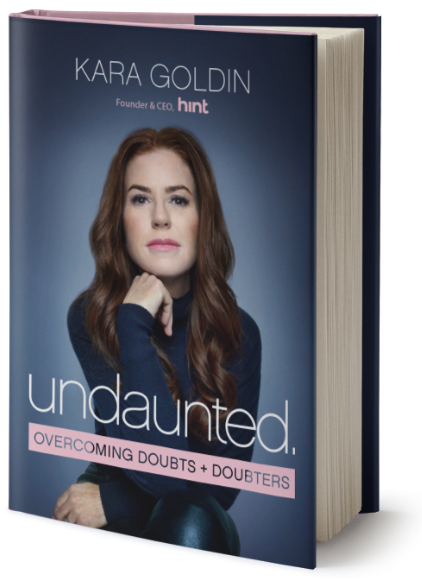Risk, Reward or Both?
·
8 minute read
·

If you’ve watched “Shark Tank,” you know that moment – when the panelists have just made their offer and the entrepreneurs have to decide, on the spot, if they’re going to take the plunge.
It’s the same tense moment built into almost every game show. Whether it’s trading what’s behind Door #1 for Door #2, or putting it all on the line for Final Jeopardy — when contestants have to decide whether to stick with what they had earned thus far or risk it all for a potentially bigger payout.
How do we make those decisions? And how good are we at judging the risks relative to the rewards?
It turns out that we’re making those choices every day. And when we aren’t on a TV show, we’re most often sticking with what we’ve got, continuing on the same general trajectory we’ve charted for ourselves. It’s true for the little decisions that need to be made – products bought regularly out of habit, the route taken to work every day. And it’s even more true for the bigger commitments people make in their lives.
People tend to resist stepping back and changing courses. It’s scary. Betting it all and pursuing the dream or the business idea they have percolating in their minds. The excuses come easily: I haven’t gathered all the information I need just yet; or I don’t know if now is the perfect time; or I’ve got a pretty good thing going as it is.
Those who follow me or who have read my book Undaunted: Overcoming Doubts and Doubters know that one of my favorite pieces of advice I like to give is to “fly the plane while you’re building it.” Of course, taken literally that would be a daunting and a very dangerous proposition. But as a metaphor, it brings home how important it is to step into that area of risk and uncertainty just outside of your comfort zone. Because the metaphorical airplane that we operate each day of our lives is always a work in progress;it’s never fully built. So you can opt to idle on the ground, safe, secure and stuck in place OR press on the gas, tilt those wing flaps and take off.
You decide. After all, you’ll never know if you can succeed if you never try.
Nobel Prize-winning psychologist and economist Daniel Kahneman has posited that “loss aversion” dictates so many of the decisions we make, often to our own detriment. Loss aversion is a behavioral theory that describes people’s tendency to focus more on the costs or risks when offered a choice – even when the upside might far exceed the greatest potential loss.
Kahneman talks about starting his class each semester with a coin toss, saying that if it landed on tails, students would have to pay him $10. “How much would you have to gain on winning in order for this gamble to be acceptable to you?” he would ask. The answer regularly came back at $20. (He would offer the same deal to C-Suite executives, upping the ante to $10,000; they invariably wanted a $20,000 return if the coin landed on heads.) According to his research, the pain of losing is perceived to be twice as powerful as the thrill of profiting.
So how do we break out of this pattern?
It’s not easy to decide when to take the plunge. I can attest to that. When I started Hint, I can’t tell you the number of people who questioned my choice to venture out on my own to start a beverage company versus continuing in a “safe” tech job.
“Is this really the right time?” friends and family would ask.
“Isn’t it risky for you to leave tech and go into another industry you have no experience in?”
“What if it doesn’t work? Will you be hireable? ”
Here’s what I have concluded. The thing is, no one really knows whether you will be successful at your new venture. And no one really knows what you NEED in your life either. So take what they say with a grain of salt.
Taking risks is scary. To all. But going “off course” allowed me to figure out what I was capable of. And what I am good at. And what I am interested in. And I knew that even if I didn’t succeed, I could speak to what I had learned along the way. And I hoped, believed, that I would still be a strong hire should it all not work out. I knew that I would learn new things and acquired some new skills that I wouldn’t have gained otherwise. Still, I had to remind myself why I was taking this plunge. And the voices from doubters and skeptics to “stay in my lane” in the industry that I knew only increased my own doubts in this new world that I was entering.
Emma Isaacs is the CEO of Business Chicks, a global community of over half a million business leaders, and the author of Winging It. Her book is a manifesto and a rallying cry for us to pursue the things that are scary and might even result in failure. But that pursuit, she says, will lead us to places we never imagined.
On my podcast, Issacs urged listeners to give their dreams a go and progress without having all the answers. The key she says is to back yourself and have the confidence to press on without having a roadmap of where it’s going to take you. You’re never going to chart a new direction looking at an old map. The real treasures lie off the beaten path.
We all know the famous maxim that a bird in the hand is worth two in the bush. But here’s my question in response: How many birds exist beyond that bush — in the trees and on the ground and circling above? Don’t just focus on what’s at hand. On what you possess now. On what you know today. Go out and explore the universe for all possibilities. Challenge uncertainty. Look at risk and say, “Yes” more than “No.”
Take those first steps. They will be behind you before you know it!
Undaunted
Get Kara’s Insights In Your Inbox










